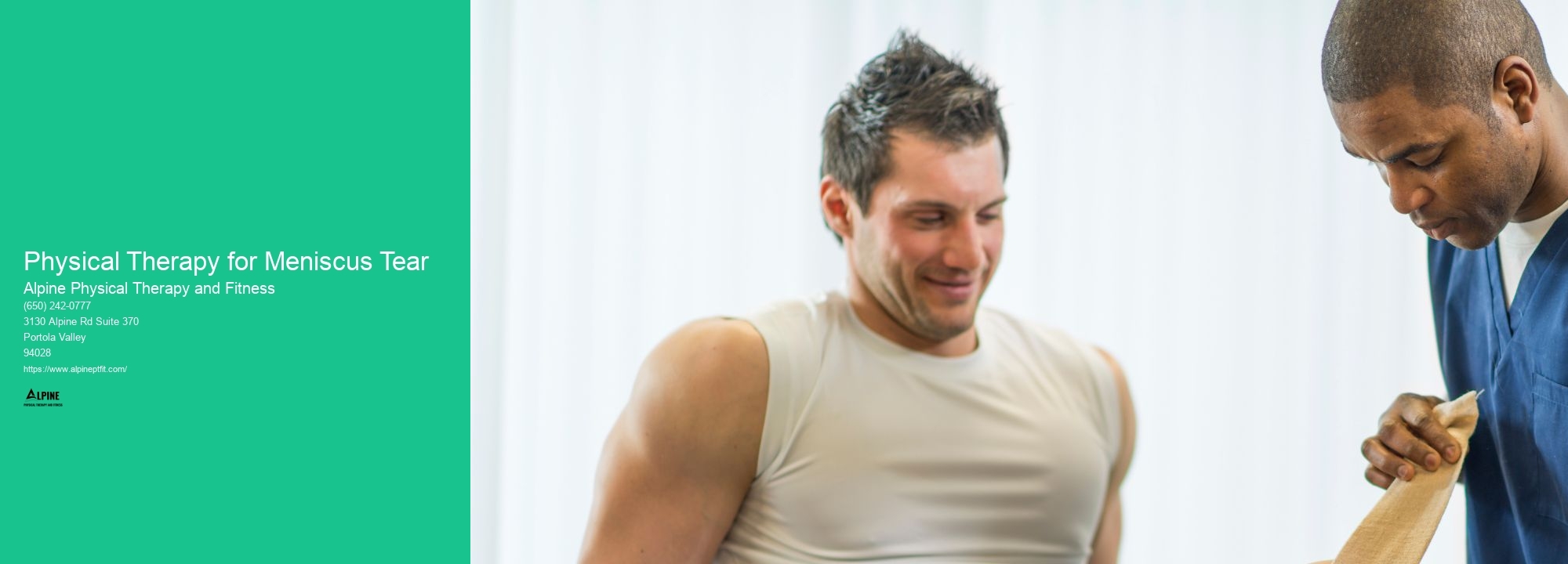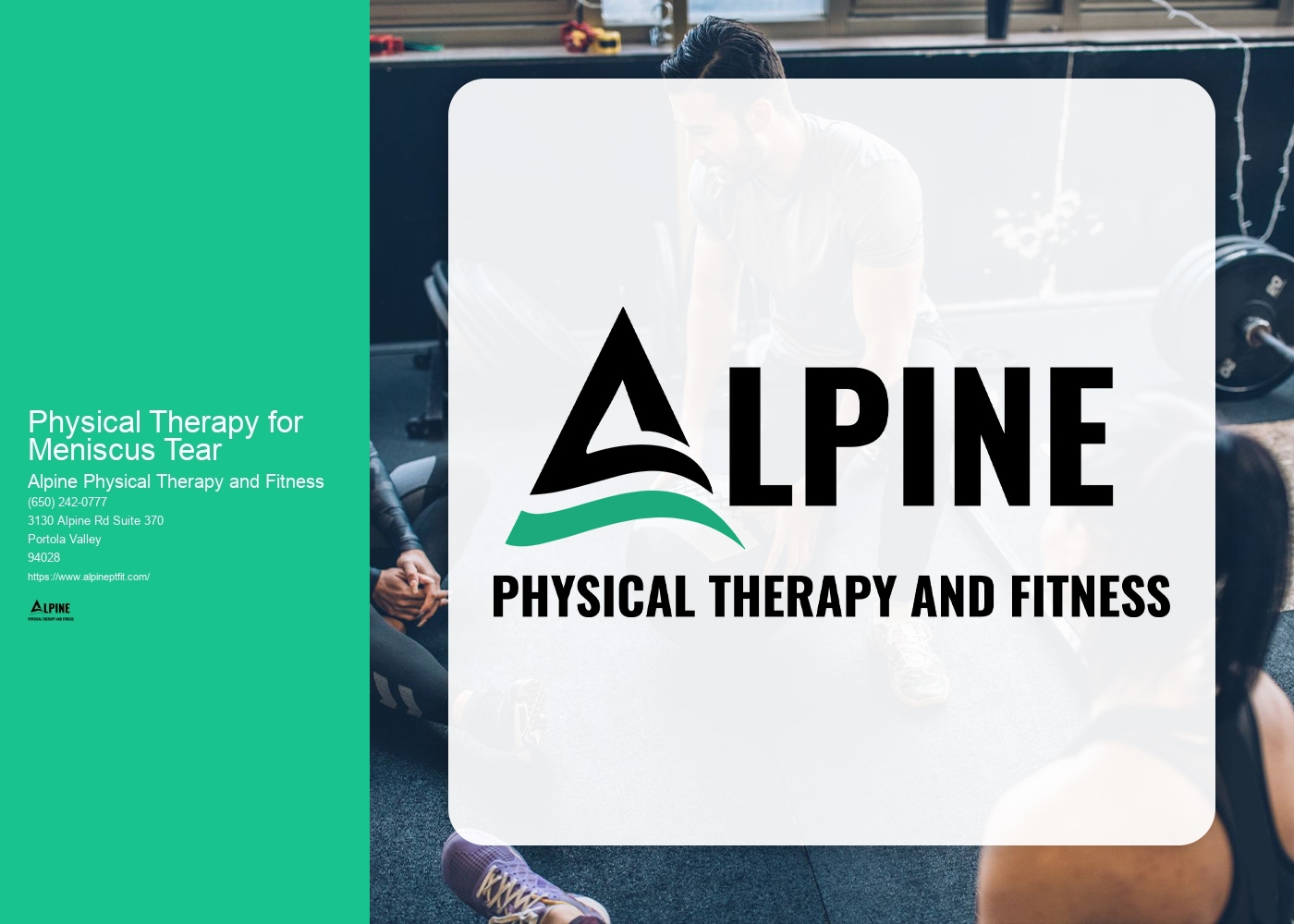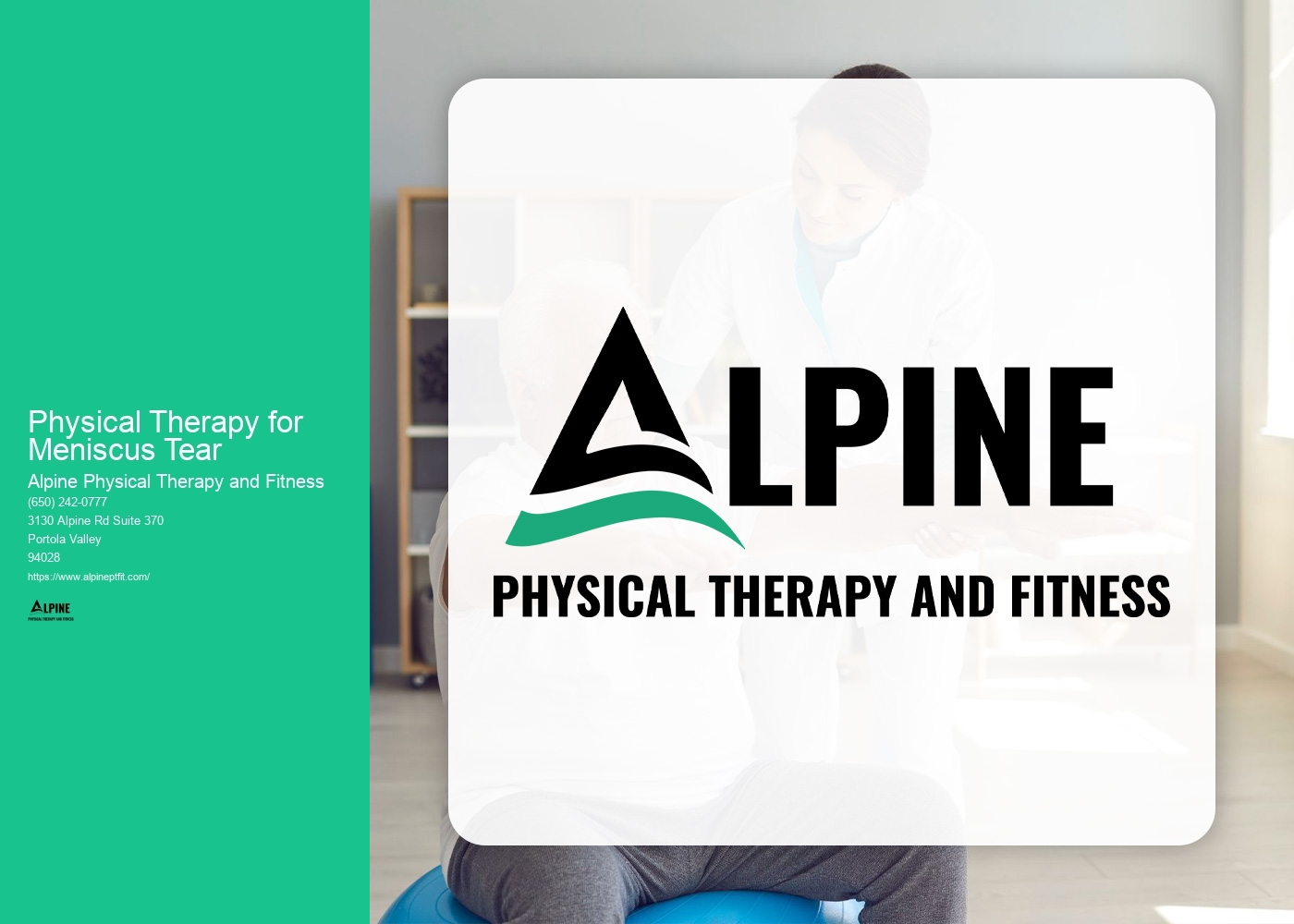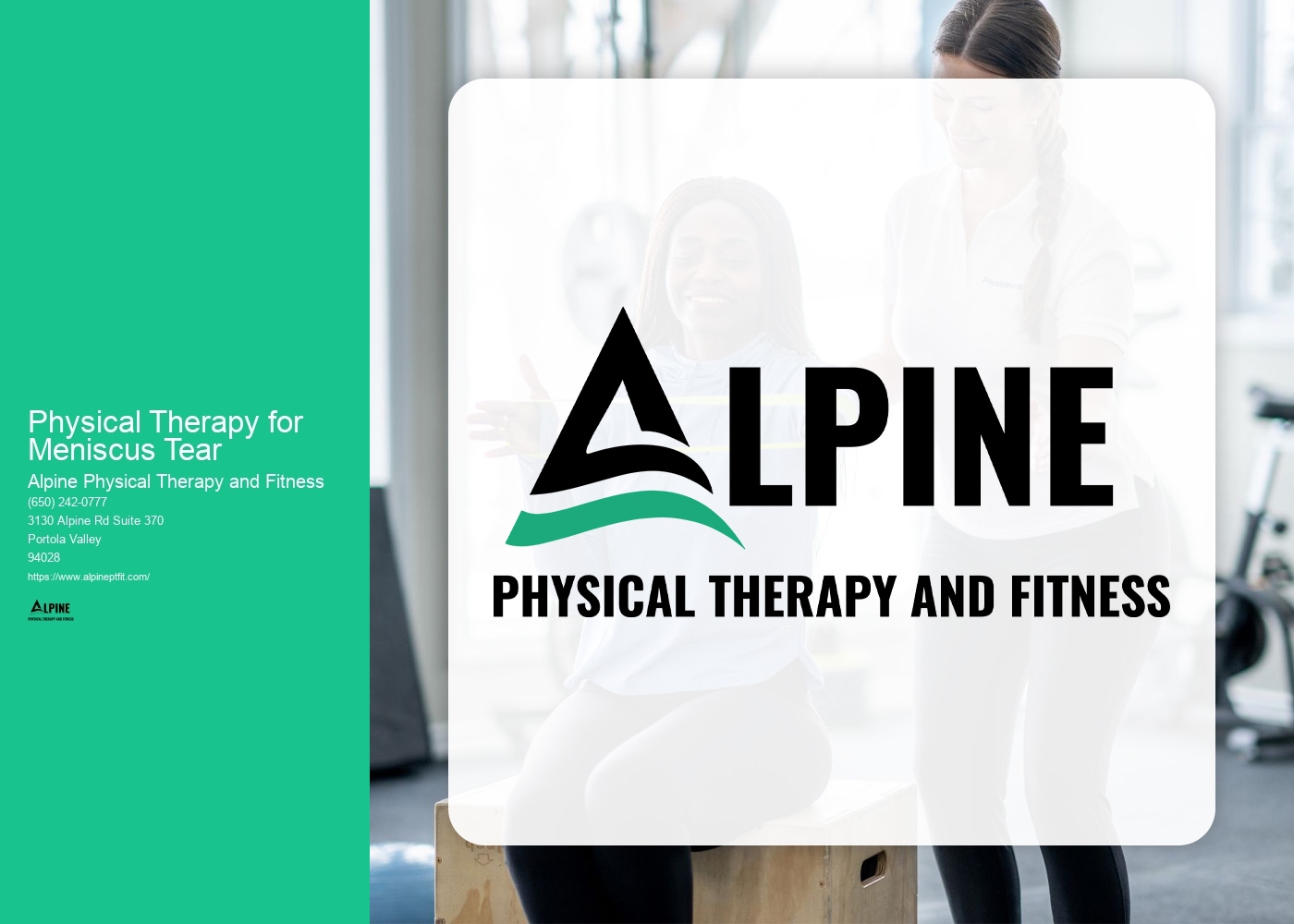

A meniscus tear is a common knee injury that occurs when the cartilage in the knee joint, known as the meniscus, is torn. The meniscus acts as a cushion between the thigh bone (femur) and the shin bone (tibia), helping to absorb shock and stabilize the knee joint. When the meniscus is torn, it can cause pain, swelling, and limited range of motion in the knee.
There are several common causes of a meniscus tear. One of the most common causes is a sudden twisting or pivoting motion of the knee, such as during sports activities or lifting heavy objects. Meniscus tears can also occur as a result of degenerative changes in the knee joint, which can happen with age or due to conditions like osteoarthritis. In some cases, a meniscus tear may be caused by a combination of factors, such as a pre-existing knee condition and a sudden injury.
To diagnose a meniscus tear, a healthcare professional will typically perform a physical examination of the knee and ask about the patient's symptoms and medical history. They may also order imaging tests, such as an MRI or an X-ray, to get a better view of the knee joint and confirm the diagnosis. These tests can help determine the location and severity of the tear, which can guide the treatment plan.

The treatment options for a meniscus tear depend on the location, size, and severity of the tear, as well as the patient's age, activity level, and overall health. In some cases, conservative treatments may be recommended, such as rest, ice, compression, and elevation (RICE), along with pain medication and physical therapy. For more severe tears or cases where conservative treatments are not effective, surgical intervention may be necessary. This can involve either a meniscus repair, where the torn edges of the meniscus are sewn back together, or a meniscectomy, where the torn portion of the meniscus is removed.
Physical therapy can be an effective treatment option for a meniscus tear. A physical therapist can help design a personalized rehabilitation program that focuses on strengthening the muscles around the knee, improving flexibility, and restoring normal movement patterns. They may use a variety of techniques, such as manual therapy, therapeutic exercises, and modalities like heat or ice, to help reduce pain, swelling, and inflammation, and promote healing. Physical therapy can also help improve balance and stability, which can reduce the risk of future knee injuries.

The specific exercises recommended for rehabilitating a meniscus tear will depend on the individual's specific condition and the stage of their recovery. Initially, exercises may focus on gentle range of motion exercises to help reduce stiffness and improve mobility. As the healing progresses, exercises to strengthen the muscles around the knee, such as quadriceps and hamstring exercises, may be introduced. Balance and stability exercises, such as single-leg stands or mini squats, may also be included to improve overall knee function.
The recovery time for a meniscus tear with physical therapy can vary depending on the severity of the tear, the individual's overall health, and their adherence to the rehabilitation program. In general, it can take several weeks to several months to fully recover from a meniscus tear. Physical therapy can help expedite the recovery process by promoting healing, reducing pain and inflammation, and improving strength and mobility. However, it is important to follow the guidance of a healthcare professional and adhere to the prescribed treatment plan to ensure the best possible outcome.

Manual therapy techniques have been shown to be effective in alleviating symptoms of temporomandibular joint dysfunction (TMJ). These techniques, which include mobilization, manipulation, and soft tissue techniques, aim to improve the range of motion, reduce pain, and restore normal function to the jaw joint. By applying specific manual pressure and movements to the affected area, manual therapists can help release tension, reduce muscle spasms, and improve joint alignment. Additionally, manual therapy can help address any underlying musculoskeletal imbalances or dysfunctions that may be contributing to TMJ symptoms. Overall, manual therapy techniques can provide significant relief for individuals suffering from TMJ, improving their quality of life and restoring normal jaw function.
There are several exercises that can help aging individuals maintain their independence. Strength training exercises, such as lifting weights or using resistance bands, can help improve muscle strength and prevent muscle loss. Balance exercises, such as standing on one leg or practicing tai chi, can help improve stability and reduce the risk of falls. Flexibility exercises, such as stretching or yoga, can help improve range of motion and maintain joint health. Endurance exercises, such as walking or swimming, can help improve cardiovascular health and overall stamina. It is important for aging individuals to consult with a healthcare professional before starting any exercise program to ensure it is safe and appropriate for their specific needs.
Yes, there are specialized techniques for treating infant torticollis. One commonly used technique is called passive stretching, where a healthcare provider gently moves the baby's head in different directions to help improve range of motion. Another technique is called active stretching, where the baby is encouraged to move their head on their own through play and exercises. Additionally, positioning techniques such as tummy time and using special pillows or supports can help to alleviate the symptoms of torticollis. It is important for parents to work closely with healthcare professionals to develop a personalized treatment plan for their infant, as each case of torticollis may require different interventions.
Physical therapists play a crucial role in the management of patients with congestive heart failure (CHF). They work closely with these patients to develop individualized exercise programs that focus on improving cardiovascular fitness, strength, and endurance. Physical therapists also educate patients on the importance of regular physical activity and provide guidance on how to safely engage in exercise. Additionally, they may use techniques such as manual therapy and breathing exercises to help improve lung function and reduce shortness of breath. By collaborating with other healthcare professionals, physical therapists ensure that patients with CHF receive comprehensive care that addresses their specific needs and helps improve their overall quality of life.